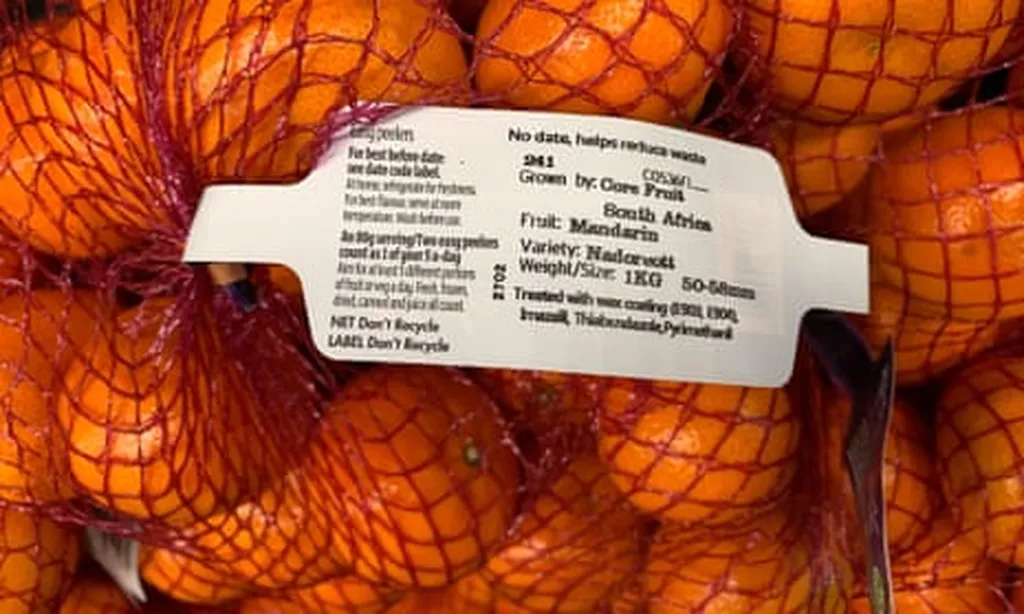In a groundbreaking study published in *Foods*, researchers have delved into the neuroactive chemical profiles of tomatoes, shedding light on how different cultivation and processing methods influence their composition. The research, led by Ana Kovačič of the Metabolomics Unit at the Research and Innovation Centre, Fondazione Edmund Mach in Italy, offers valuable insights for both the agricultural and food processing industries.
Tomatoes, a staple in diets worldwide, have long been suspected of containing compounds that could influence brain health. However, the exact nature of these compounds and how they are affected by farming practices and processing has remained unclear. Kovačič and her team set out to change that.
Using advanced LC-MS/MS technology, the researchers profiled organic and conventional tomatoes, including “datterini” and plump varieties, as well as processed tomatoes. They quantified six carotenoids, with phytoene and lycopene emerging as the most abundant. The study revealed that processing and variety had a more significant impact on the tomatoes’ chemical profiles than whether they were organically or conventionally grown.
“Processing and variety drove the variability in our dataset, not the organic versus conventional methods,” Kovačič explained. This finding could have substantial implications for the agricultural sector, suggesting that the focus should be on optimizing processing techniques and selecting varieties that enhance the beneficial compounds in tomatoes.
The study identified 70 neuroactive compounds, some of which distinguished tomato variety, processing methods, and production techniques. Notably, processed tomatoes generally contained higher levels of neuroactive compounds compared to fresh tomatoes. Additionally, “datterini” tomatoes were found to have more neuroprotective compounds than plump tomatoes. However, organic “datterini” tomatoes did not necessarily contain higher levels of neuroprotective compounds than their conventional counterparts.
These findings suggest that thermal processing may alter the compositional quality of tomatoes, potentially enhancing the levels of certain bioactive constituents. This could open new avenues for the food processing industry to develop products with enhanced health benefits.
“Our research indicates that tomatoes are a complex source of both neuroprotective and neuro-disrupting compounds,” Kovačič noted. “This warrants further research on their bioaccessibility and physiological relevance.”
The study’s implications extend beyond the immediate findings. It highlights the need for a more nuanced understanding of how different agricultural practices and processing methods can influence the nutritional quality of our food. For the agriculture sector, this could mean a shift towards varieties and techniques that maximize the beneficial compounds in crops.
As the global population continues to grow and dietary needs evolve, such research becomes increasingly critical. By understanding the intricate chemical profiles of our food, we can make informed decisions that benefit both our health and the environment. The study, published in *Foods*, represents a significant step forward in this endeavor, offering a roadmap for future research and development in the field of agro-technology and food science.

